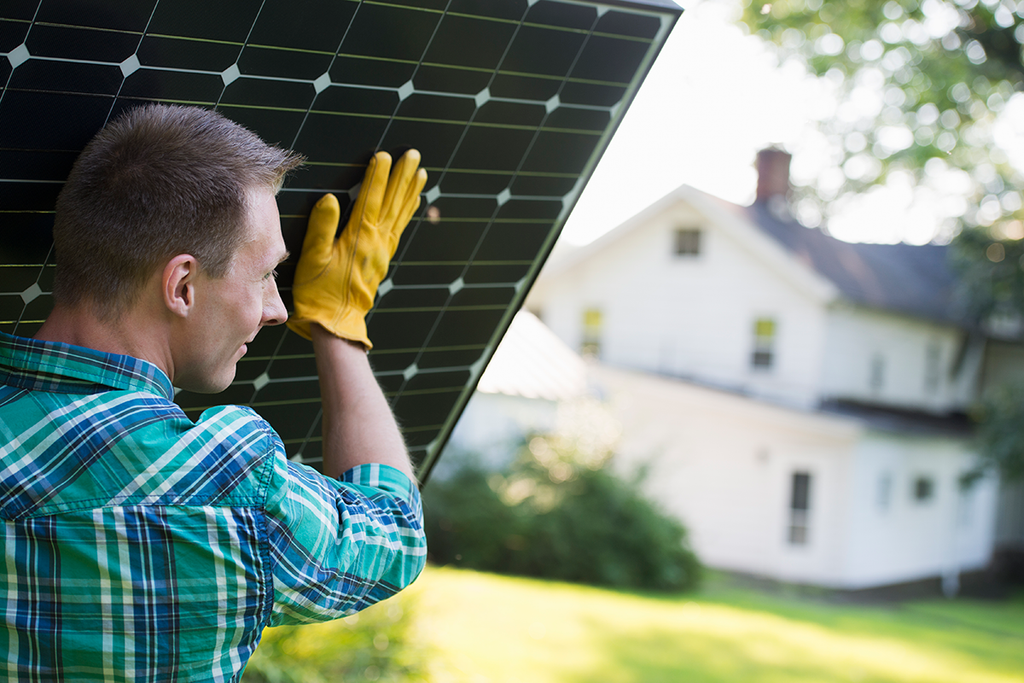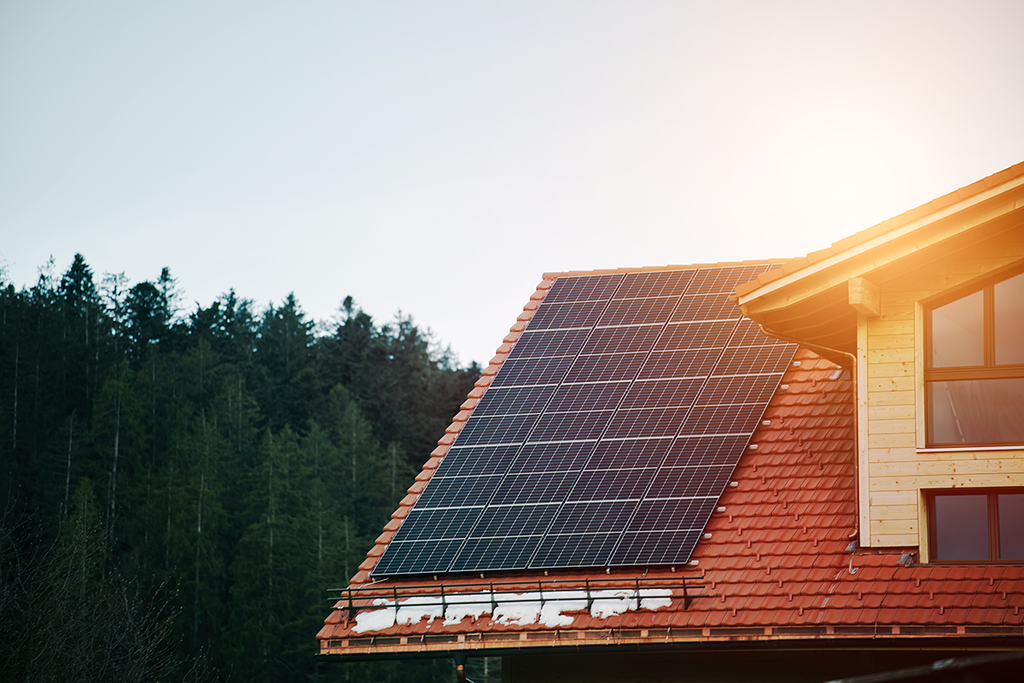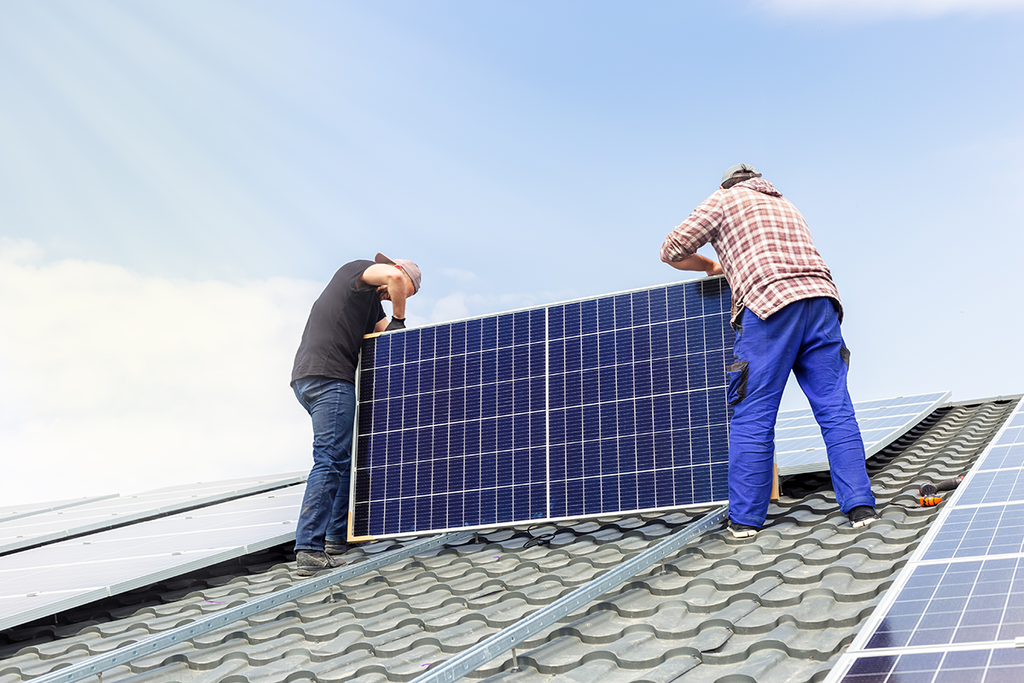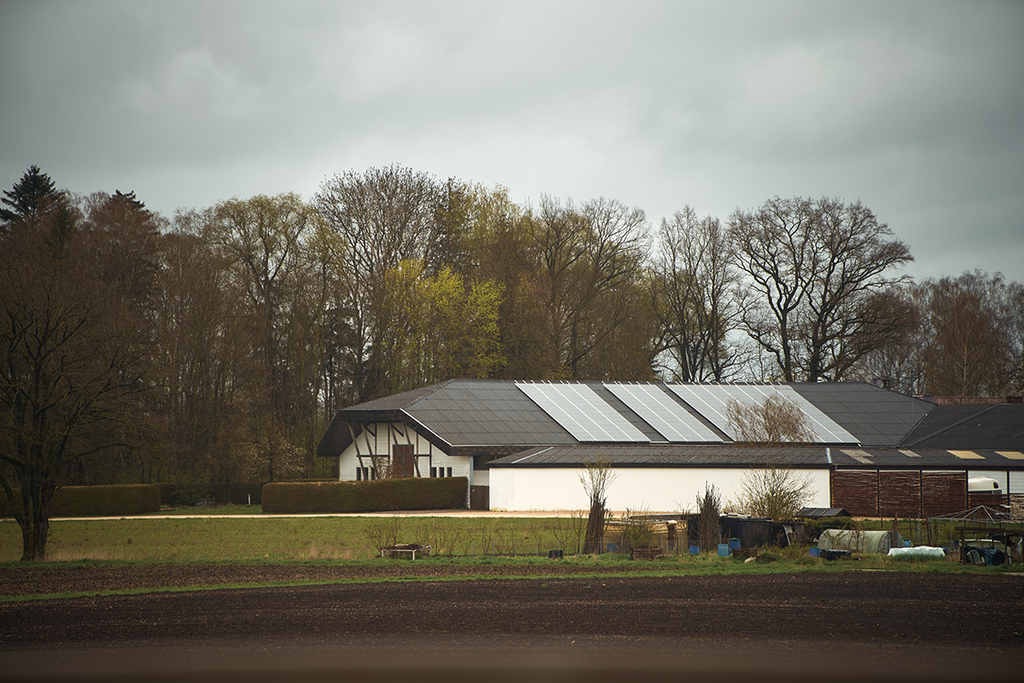How Many Solar Panels Do I Need? A Comprehensive Guide
Posted by Tina Kassaeian on

In an era where sustainable living is becoming increasingly important, many homeowners are turning to solar energy as a renewable and cost-effective alternative to traditional electricity sources. However, a common question arises: How many solar panels do I need?
Determining the right number of solar panels for your home involves various factors, from energy consumption to roof space and geographic location. In this guide, we'll delve into the intricacies of calculating the optimal number of solar panels for your specific needs.
Factors to Consider When Calculating Solar Panel Needs in Canada
1# Energy Consumption
The first step in determining the number of solar panels required for your home is to evaluate your energy consumption. Review your past electricity bills to understand your average monthly and annual usage. This data will serve as a baseline for calculating the size of your solar power system.
Imagine you're a homeowner in Vancouver, British Columbia. You decide to embark on the journey of transitioning to solar energy to power your household. The first step you take is to collect your electricity bills from the past year.
As you sit down with your bills, you notice a trend – your electricity usage tends to spike during the winter months due to increased heating needs, while it decreases in the summer when you rely less on heating and more on natural ventilation.

Let's consider a specific example: during the month of January, your electricity bill reveals that you consumed an average of 1000 kWh (kilowatt-hours) of electricity. This higher consumption is primarily attributed to running your electric heater to combat the cold temperatures typical of Canadian winters.
On the other hand, during July, your electricity usage drops to around 500 kWh as you rely less on heating and more on natural cooling methods.
Now, armed with this data, you can calculate your average daily energy consumption. In January, with 31 days in the month, your average daily consumption would be approximately 32 kWh (1000 kWh ÷ 31 days ≈ 32 kWh/day). Conversely, in July, with 30 days, your average daily consumption would be about 17 kWh (500 kWh ÷ 30 days ≈ 17 kWh/day).
These tangible examples showcase how your energy consumption fluctuates throughout the year based on seasonal variations and specific household needs. Understanding these patterns is crucial for accurately sizing your solar power system to meet your energy demands effectively.

2# Roof Space
The available roof space plays a crucial role in determining the number of solar panels you can install. Assess the area on your roof that receives ample sunlight throughout the day and is free from obstructions like chimneys or vents. The orientation and tilt of your roof also impact solar panel efficiency.
- Quantity of Roof Space: The amount of available roof space directly impacts the number of solar panels you can install. Measure the dimensions of unobstructed areas on your roof that receive ample sunlight throughout the day. This measurement serves as a critical factor in calculating the maximum capacity of your solar energy system.
- Quality of Roof Space: Consider factors such as the orientation and tilt of your roof, which can influence solar panel efficiency. Optimal panel placement in Canada is typically south-facing to maximize sunlight exposure throughout the day. However, east and west-facing orientations can also be viable depending on your location and energy consumption patterns.
- Considerations for Roof Tilt: Roof tilt affects solar panel performance, especially in Canada where sunlight angles vary significantly throughout the year. Adjusting panel tilt angle can optimize energy production during different seasons. Consider fixed or adjustable mounting systems to maximize solar energy generation. Read our guide to optimizing solar panel installation for more information.

3# Solar Panel Efficiency
Not all solar panels are created equal. Different models and brands such as Vsun, Hanwha, Sunpower, Peimar, Elios & Candiansolar offer varying levels of efficiency, affecting the amount of electricity generated per panel. Higher efficiency panels may require fewer units to meet your energy needs, but they often come at a higher initial cost. Read our comprehensive Solar Panel Buying Guide for more information.

4# Geographic Location
Your location greatly influences the amount of sunlight your solar panels will receive. Areas with abundant sunshine, such as Ontario, Alberta, British Columbia and Quebec are more conducive to solar energy production than regions with frequent cloud cover or limited sunlight hours. Read everything about solar panels in cold weather.

5# Shading and Obstructions
In Canada, shading from trees, neighboring buildings, or nearby structures poses a significant challenge to maximizing solar panel efficiency. Understanding and addressing potential shading issues are crucial steps in optimizing your solar panel installation for maximum sunlight exposure and energy production.
Shading can significantly reduce the efficiency of solar panels by obstructing sunlight and creating "hot spots" that diminish energy output. Even partial shading of a single solar panel can affect the performance of the entire array, leading to decreased energy generation.
In Canada, where sunlight conditions vary across regions and seasons, addressing shading issues is essential to ensure consistent and reliable solar energy production.
To identify and mitigate potential shading issues, conduct a thorough analysis of your property throughout the day. Observe how shadows from trees, nearby buildings, or structures move across your property and affect sunlight exposure on your roof. Consider factors such as the orientation of your home, nearby vegetation, and the height and proximity of neighboring structures.

Based on your shading analysis, optimize the placement of your solar panels to minimize shading effects and maximize sunlight exposure. Identify unobstructed areas on your roof that receive the most sunlight throughout the day and position your panels accordingly.
Adjusting the tilt angle of your panels can also help mitigate shading effects and optimize energy production, especially during winter months when the sun's angle is lower.
Technology tools such as solar path mapping software and shade analysis tools can provide valuable insights into potential shading issues and their impact on solar panel performance.
These tools simulate sunlight patterns and shading effects based on your location, allowing you to make informed decisions about panel placement and optimize energy production.

Calculating Your Solar Panel Needs
Once you've gathered the necessary information regarding your energy consumption, roof space, panel efficiency, geographic location, and shading considerations, you can proceed to calculate the number of solar panels needed for your home.
Determine Your Daily Energy Consumption: Convert your average daily energy consumption from kilowatt-hours (kWh) to watt-hours (Wh) for precise calculations.
Assess Solar Panel Output: Calculate the daily output of a single solar panel based on its wattage and efficiency rating. This information is typically provided by the manufacturer.
Consider Solar Panel Efficiency: Adjust the calculated output based on the efficiency rating of the solar panels you intend to install. Higher efficiency panels will yield more electricity per watt.
Account for Geographic Location: Factor in your location's solar irradiance levels to determine the actual energy production potential of your solar panels.
Calculate Total Number of Solar Panels: Divide your daily energy consumption by the adjusted daily output of a single solar panel to arrive at the total number of panels required to meet your needs.
Adjust for Shading and Obstructions: Take into account any shading or obstructions that may impact solar panel performance. Install additional panels or adjust panel placement to mitigate these effects.

Factors Affecting Solar Panel Installation in Canada
Several factors unique to Canada can influence your solar panel installation:
Climate: Canadian weather conditions, including snow, rain, and temperature fluctuations, can impact solar panel performance and maintenance requirements. Read more in our comprehensive blog to find out are solar panels in Canada the right investment
Incentives and Rebates: Take advantage of federal and provincial incentives, such as the Federal Solar Tax Credit and provincial rebate programs, to reduce the upfront cost of solar panel installation.
Regulations: Familiarize yourself with local regulations and permit requirements for solar panel installation in your province or territory.

Conclusion
Determining the number of solar panels needed for your Canadian home involves careful consideration of various factors, including energy consumption, sunlight availability, and regional climate conditions.
By assessing your energy needs and understanding the unique aspects of solar panel installation in Canada, you can make informed decisions to harness the power of solar energy for your home.
Contact our professional solar installers and engineers in Canada to get a free quote and consultation for your solar installation in Canada.
